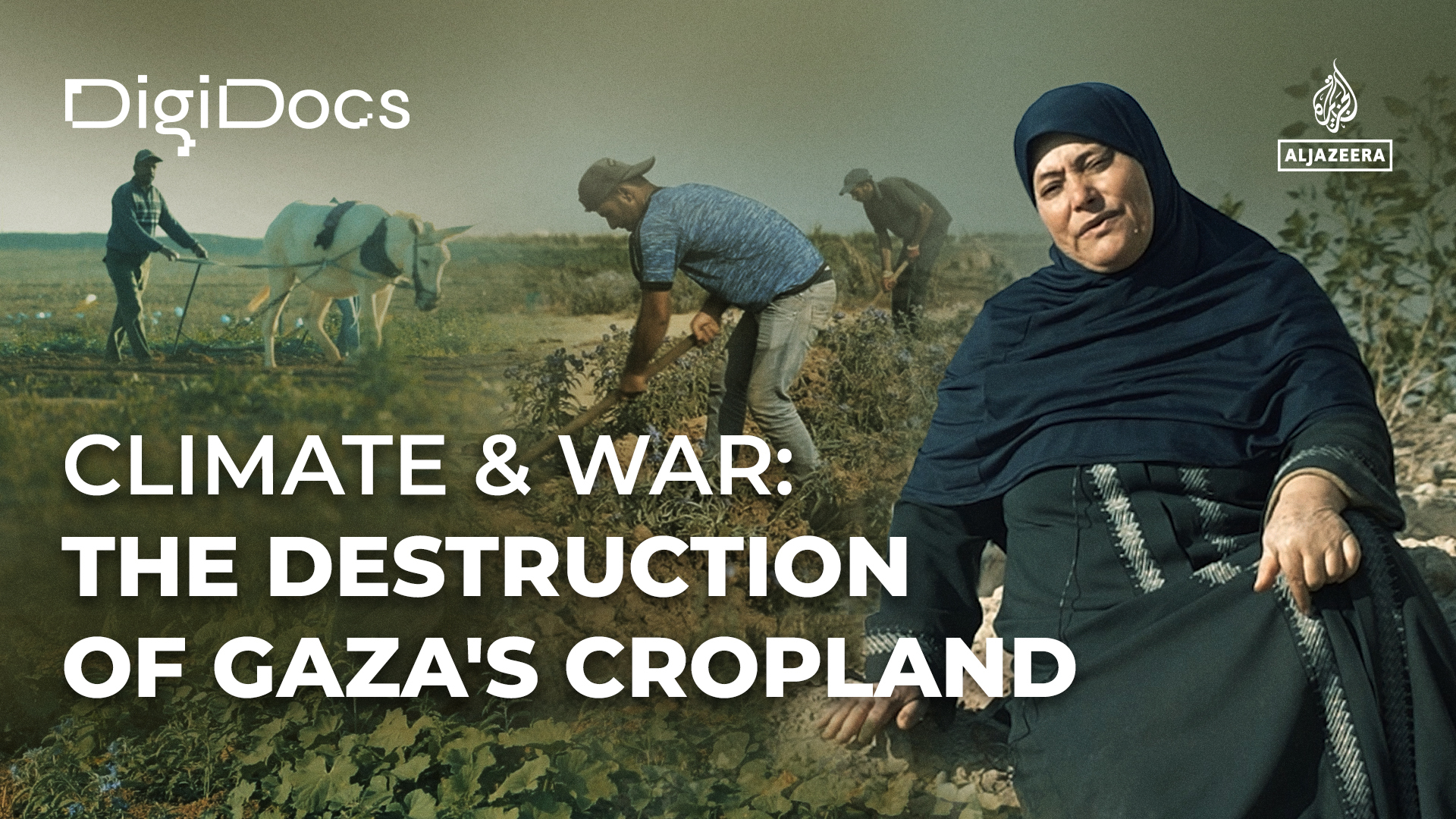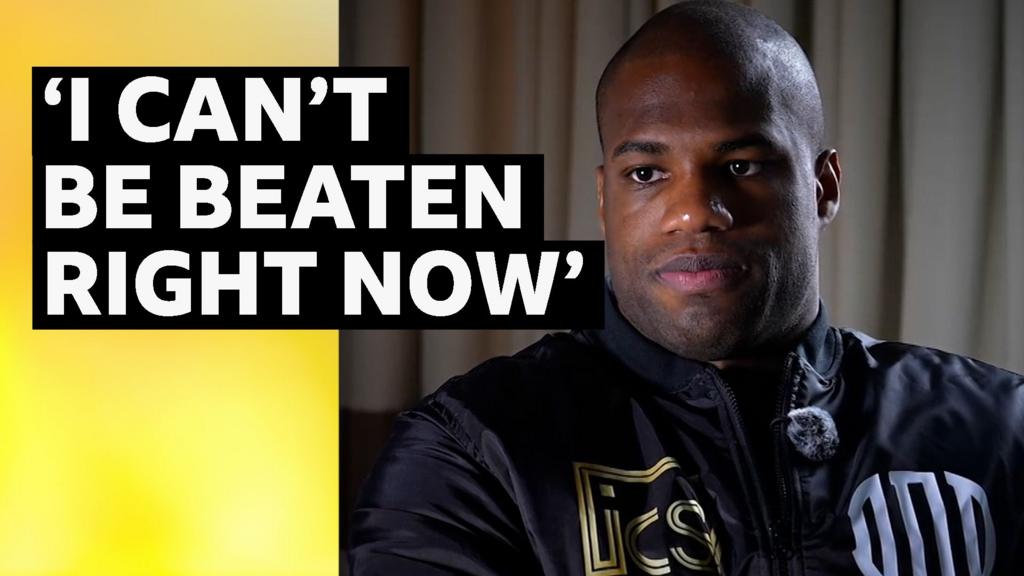Lisa Faulker met husband John Torode when she was competing on Celebrity MasterChef, admitting she was ‘petrified’ of the star when they first encountered
Lisa Faulkner is gearing up for a “big celebration” with her husband John Torode. The pair have been married for six years, having met when Lisa starred on MasterChef.
The couple toasted to the comeback of their beloved Weekend Kitchen on ITV this Sunday. Theprogramme looks set to carry on despite John’s recent departure from the BBC, as ITV confirms “no current changes to scheduling”.
With John’s 60th birthday just around the corner, Lisa, aged 53, is busy organising a memorable bash for her spouse’s big day.
Speaking with TV Times, she revealed: “I’ve got some nice things planned. It’s a big birthday so friends and family are having a celebration for him – which he knows about.”
John anticipates his milestone with expectations of “a little fizz and joy”. Former Spooks star Lisa has confessed that she was initially “petrified” of John when they first met, reports Wales Online.
At that time, both were wed to other partners, and after MasterChef ended, Lisa, who was married to Chris Coghill, and John, then with his first wife Jessica Thomas, maintained they were just friends.
However, following separations from their former spouses, the two embarked on a romance in 2010. Despite their strong connection now, Lisa admits her first impression of John was rather intimidating.
Last year, she recounted to the Mail: “He was a judge on a show I loved and I was petrified of him. He was brilliant and gave us all tips so you didn’t want to let him down. All I could think was, ‘That sauce hasn’t worked’.”
Lisa’s heart was eventually won by John with a romantic love letter, leading to their flourishing relationship. During a challenging period last year, John stood by Lisa when she spoke out about former MasterChef judge Gregg’s behaviour, describing it as a series of “rude joke after rude joke” during her 2010 appearance on the programme.
An investigation into Gregg’s time on the show was launched after there were 83 complaints submitted about his behaviour. Commissioned by production company Banjay, and led by lawyers Lewis Silkin, it upheld 45 complaints.
It also upheld complaints against two other people working on the show. John came forward earlier this week and revealed he was found to have used racist language eight years ago.
Despite this, the presenter has contested the claim, asserting that he has “no recollection of the alleged incident and does not believe that it happened”. Nevertheless, BBC executives chose not to renew the Australian presenter’s contract.
BBC director-general Tim Davie declined to repeat the specific words John is accused of saying. Addressing journalists, he stated: “I’m not going to give you the exact term, because I think, frankly it was a serious racist term, a serious racist term, which does not get to be acceptable in any way, shape or form.”
Discussing the longevity of MasterChef, the BBC chief expressed confidence: “I absolutely think it does (have a future), I think a great programme that’s loved by audiences is much bigger than individuals. It absolutely can survive and prosper, but we’ve got to make sure we’re in the right place in terms of the culture of the show.”
Writing on Instagram, John said he hoped he would have been able to “have some say” in how he left the show. It came as he admitted being unsure of what he was alleged to have said.
He lamented: “Although I haven’t heard from anyone at the BBC or Banijay – I am seeing and reading that I’ve been “sacked” from MasterChef and I repeat that I have no recollection of what I’m accused of. The enquiry could not even state the date or year of when I am meant to have said something wrong.
“I’d hoped that I’d have some say in my exit from a show I’ve worked on since its relaunch in 2005, but events in last few days seem to have prevented that. Over the past few months, I have been considering my life and the shape of it now and in the future. Celebrity MasterChef, which I recently filmed with Grace Dent along with two fantastic Christmas specials will be my last.









